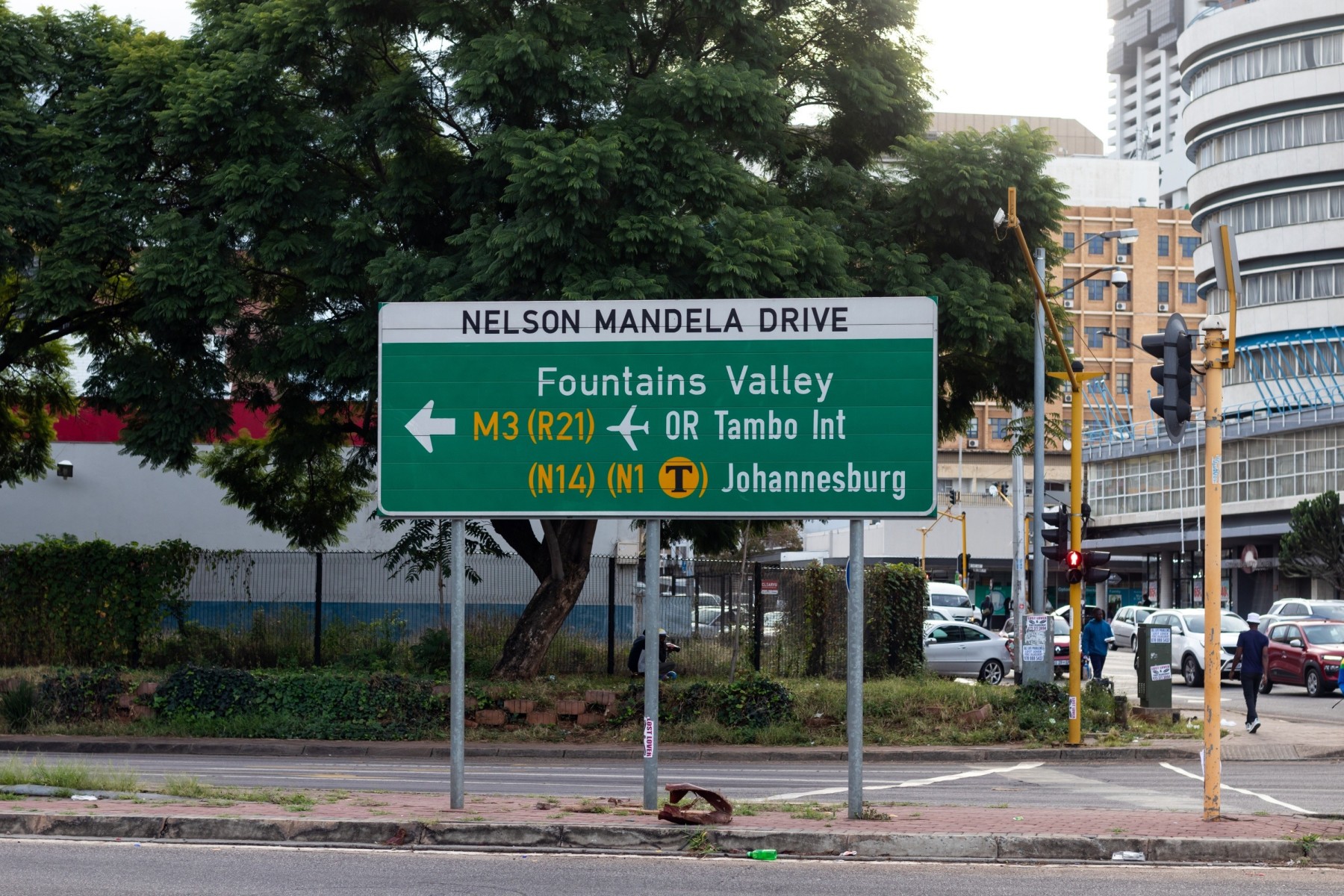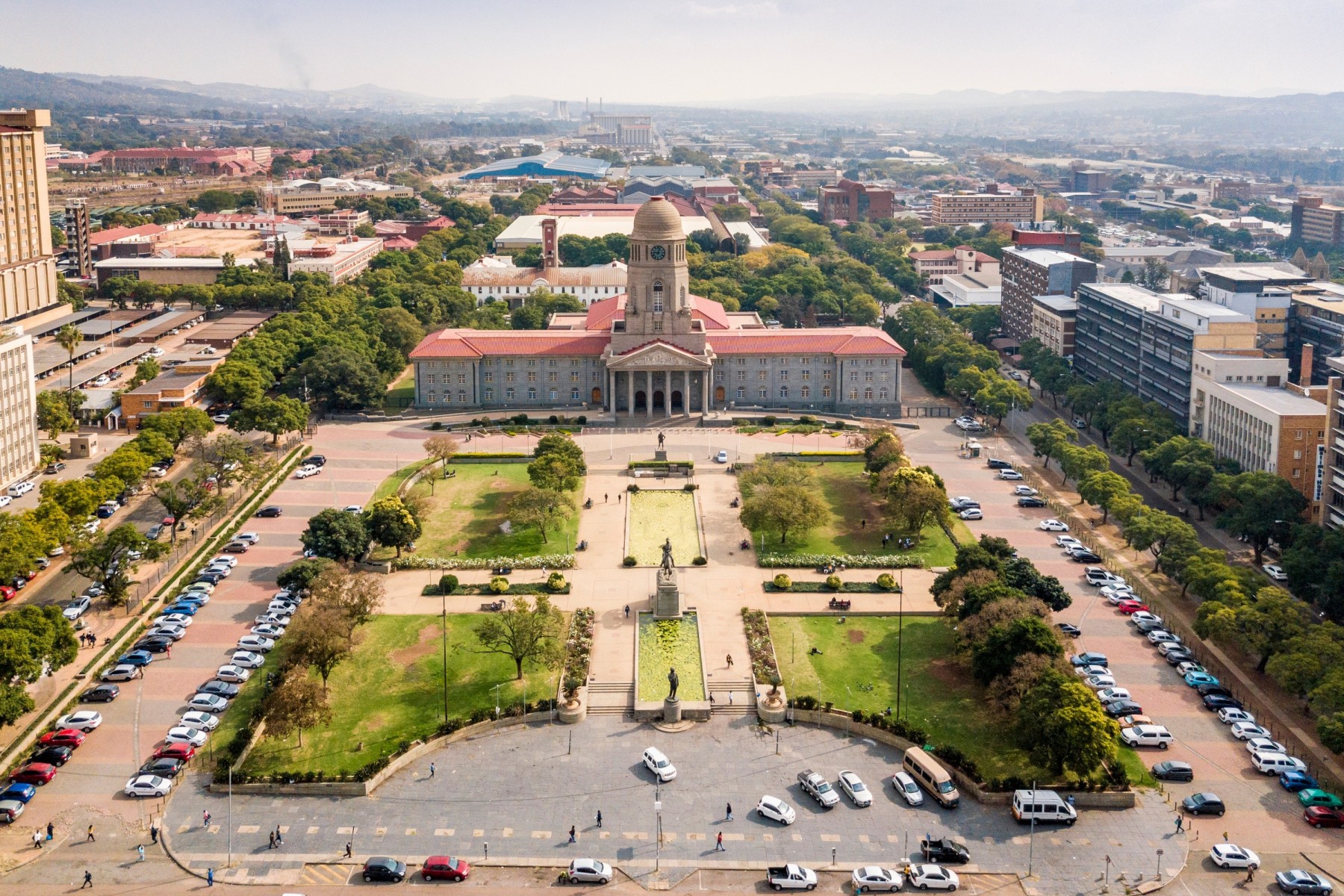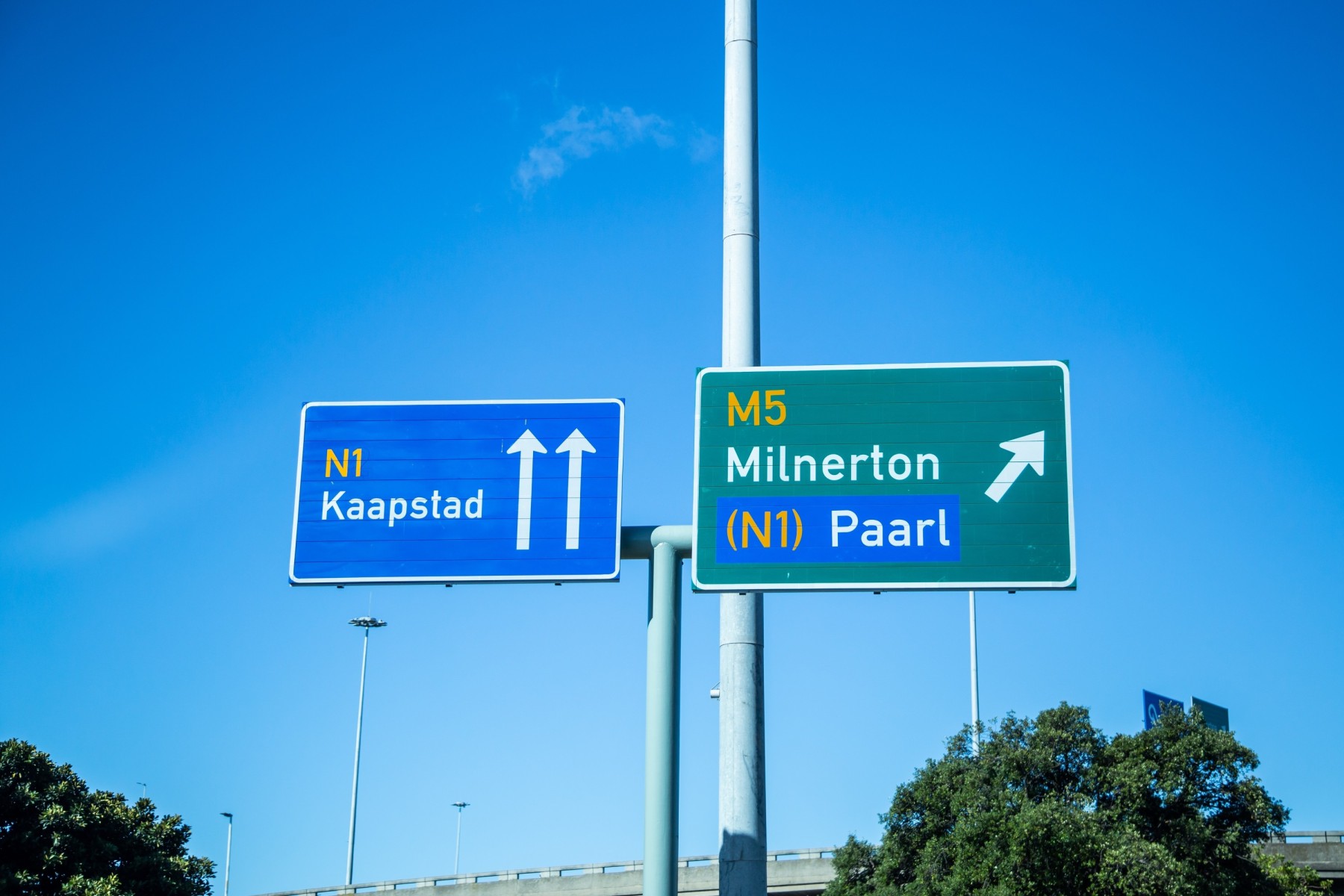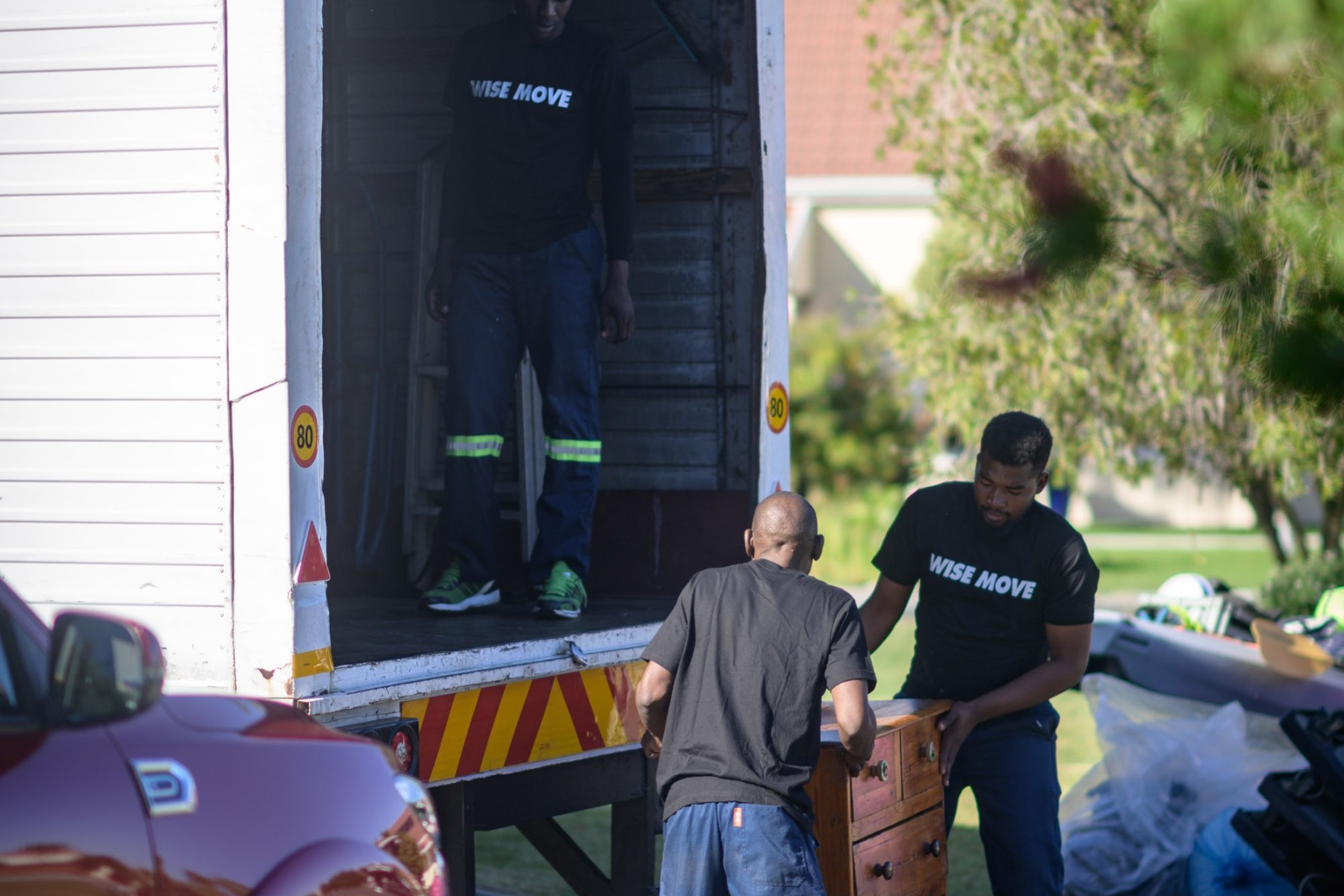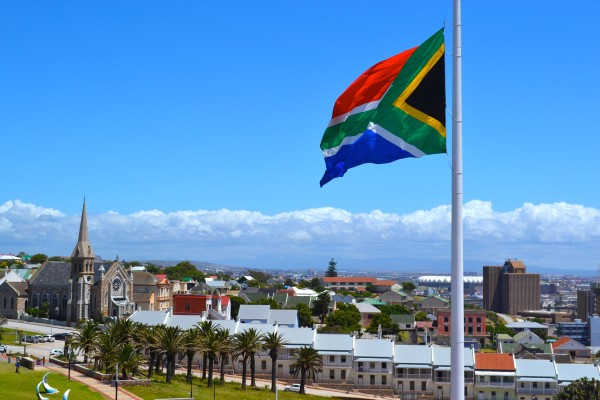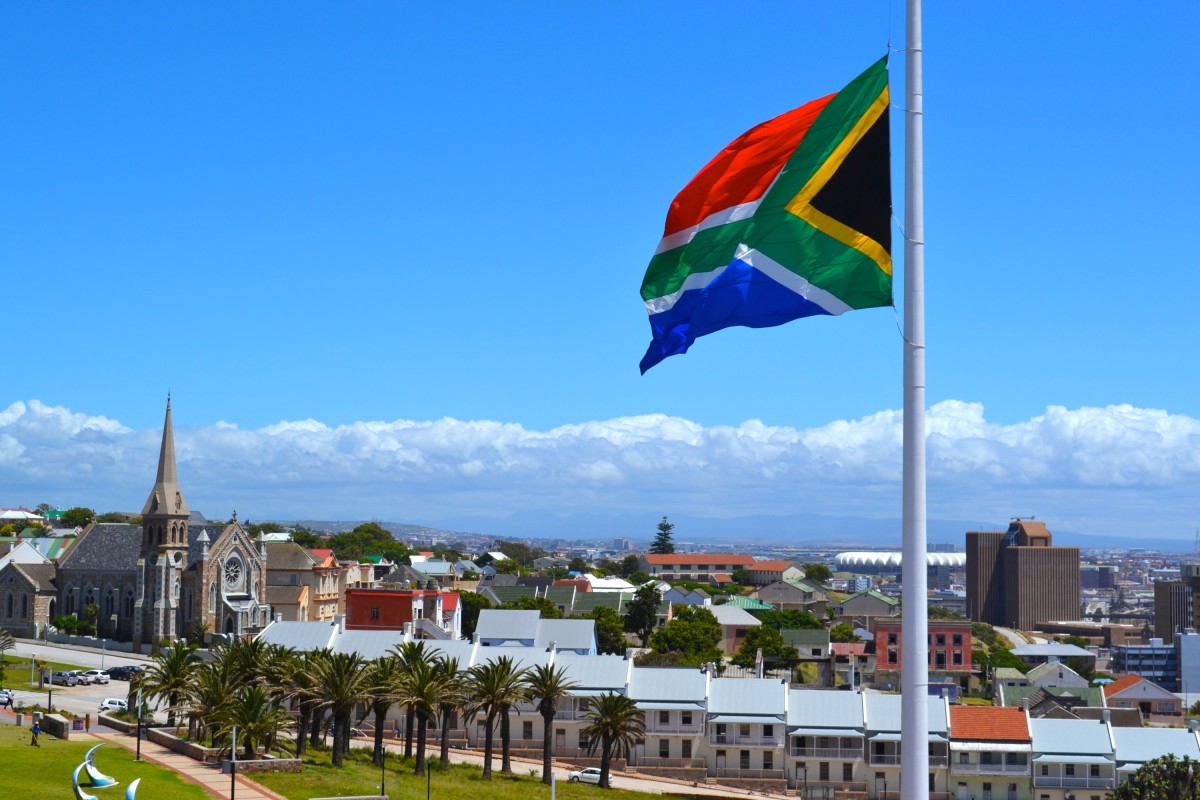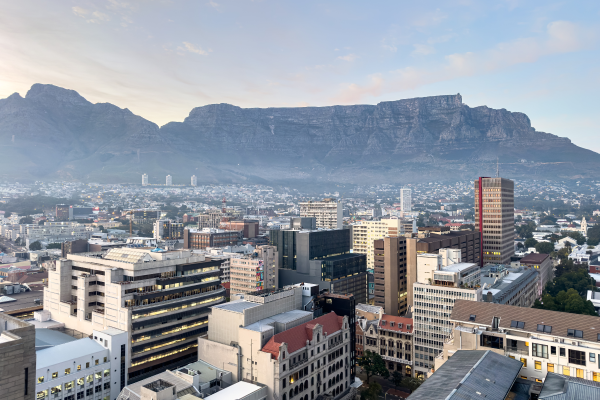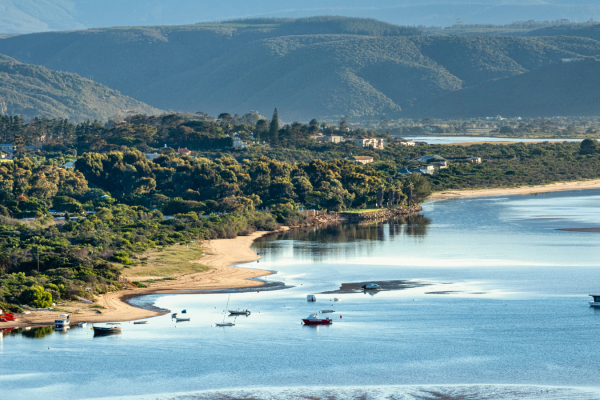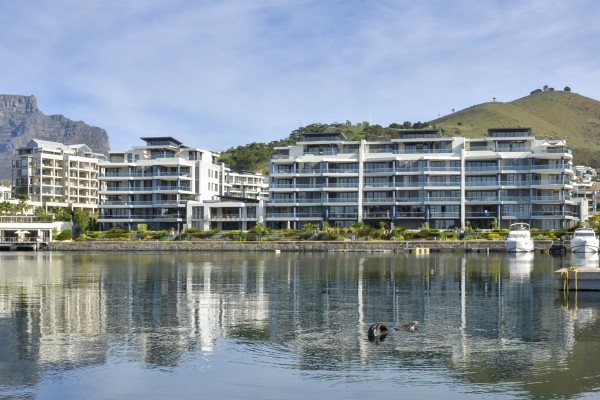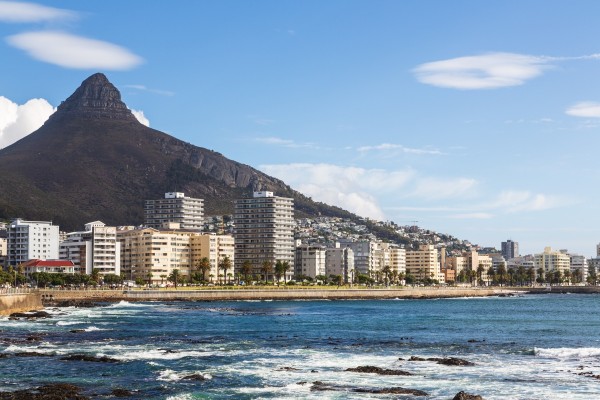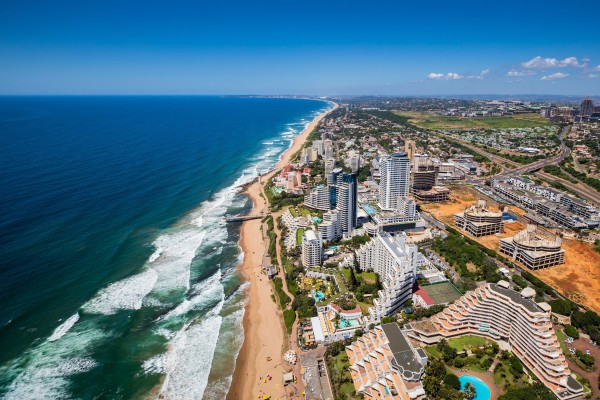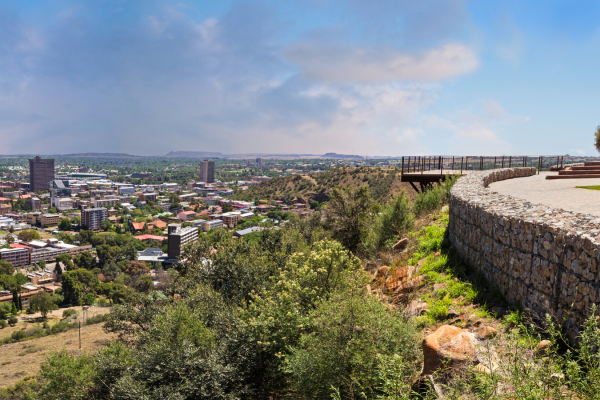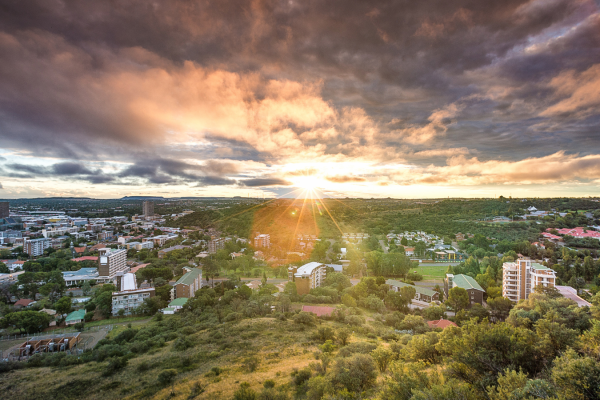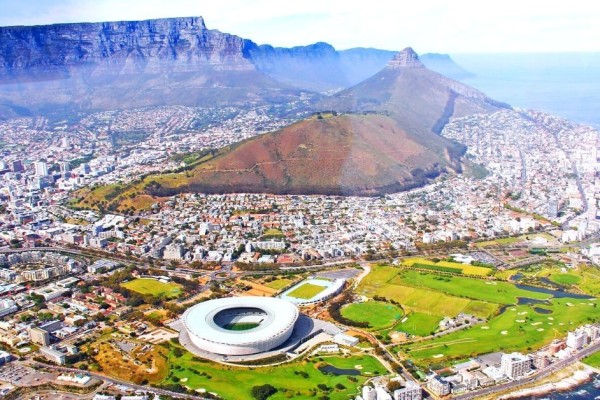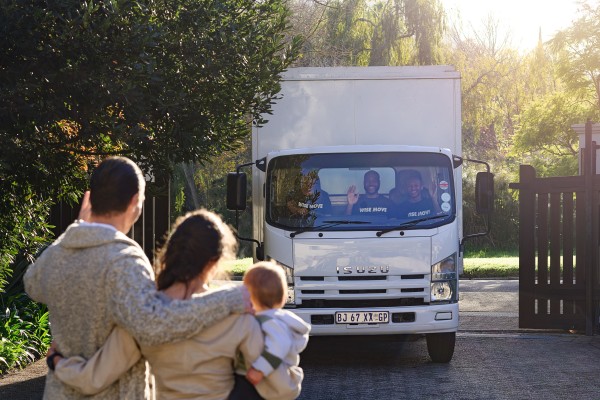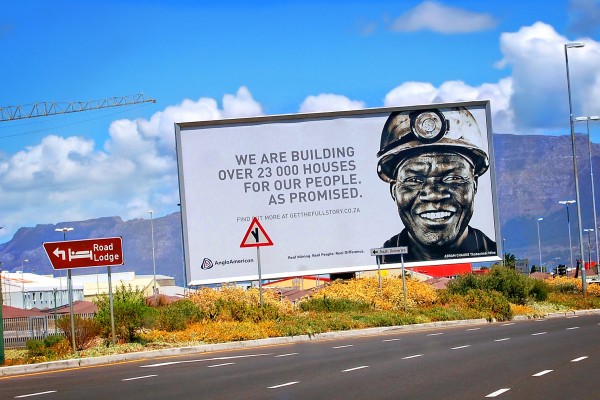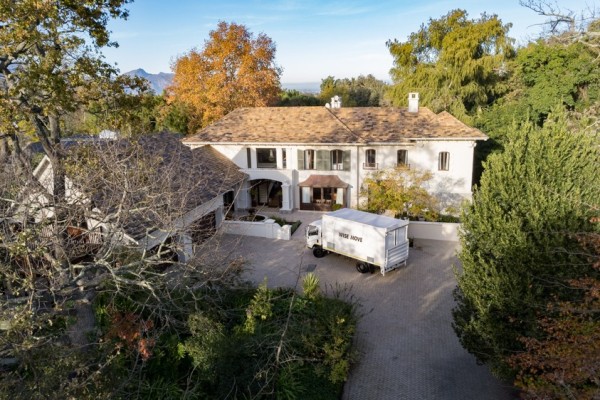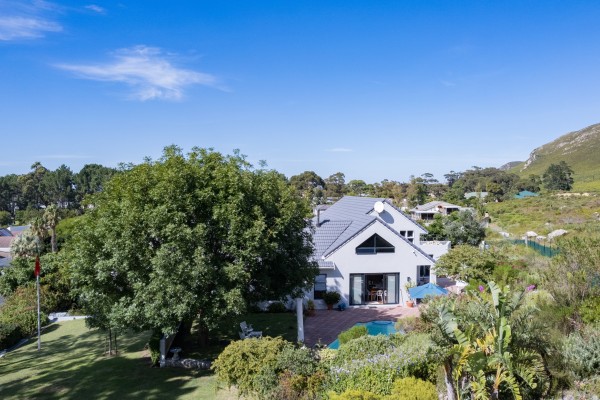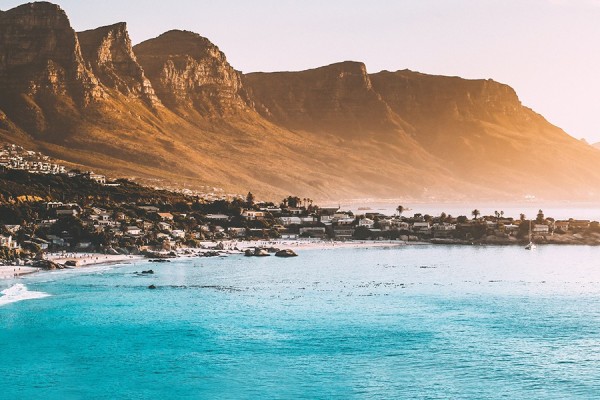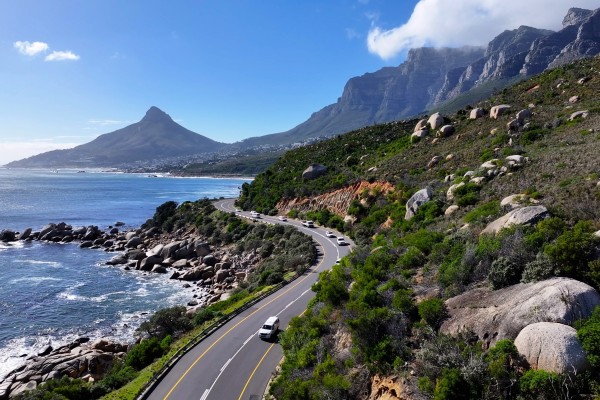A 2025 newcomers’ guide to city and town name changes in South Africa

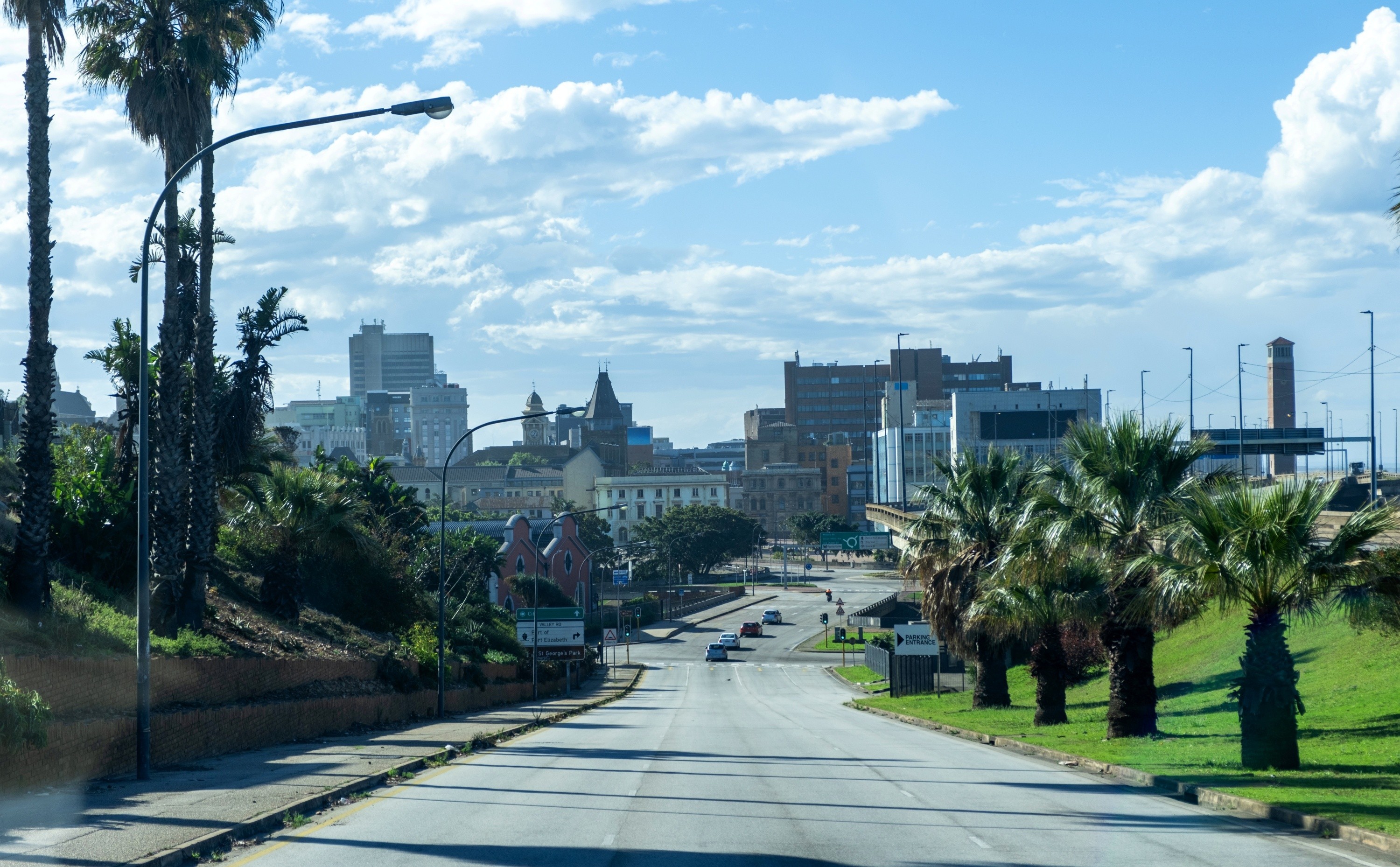
A South African time traveller from the year 1993 would be confused by a lot of things, and new names of towns and streets would be right up there in the bafflement chart. The symbolism of renaming has been important, but it can also bamboozle overseas visitors or immigrants. Even born-and-bred South Africans who find themselves in an unfamiliar part of the country. As some of the old names are still in popular use and often also used in navigation apps, many of us need to store two names for such towns and streets in our mental filing cabinets.
Here’s your complete guide to navigating city and town name changes in South Africa—for locals, newcomers and businesses who need to nail the correct name for a delivery or a meeting.
What’s in a name change?
A place name change in South Africa is an official decision to rename a geographic location, such as a town, city, street, or landmark, formally approved and gazetted by the government after public consultation.
The name changes in South Africa are overseen by the Department of Sports, Arts and Culture, and the consultation, decision-making and implementation process of name changes is handled by the South African Geographical Names Council. As of 2024, over 1,500 geographical features had been renamed, including more than 80 towns.
Why are city and town names changing in South Africa?
Many towns and streets have been renamed to reflect Indigenous cultural legacies, such as the original pre-colonial names for areas or communities, as well as the contributions of key figures in the struggle against apartheid.
At its core, a name change is about more than words. It’s about identity, representation, and the cultural restoration of places that carry deep historical meaning.
While renamings may unsettle and confuse some of us, with a little bit of awareness and memorisation, they’re easy enough to adapt to. Whatever they’re officially called, and no matter how tricky many newcomers may find them to pronounce, South African towns are fascinating and hospitable places to visit.
So mosey down to Modimolle, or make your Camdeboo debut.
Updated city and town names in South Africa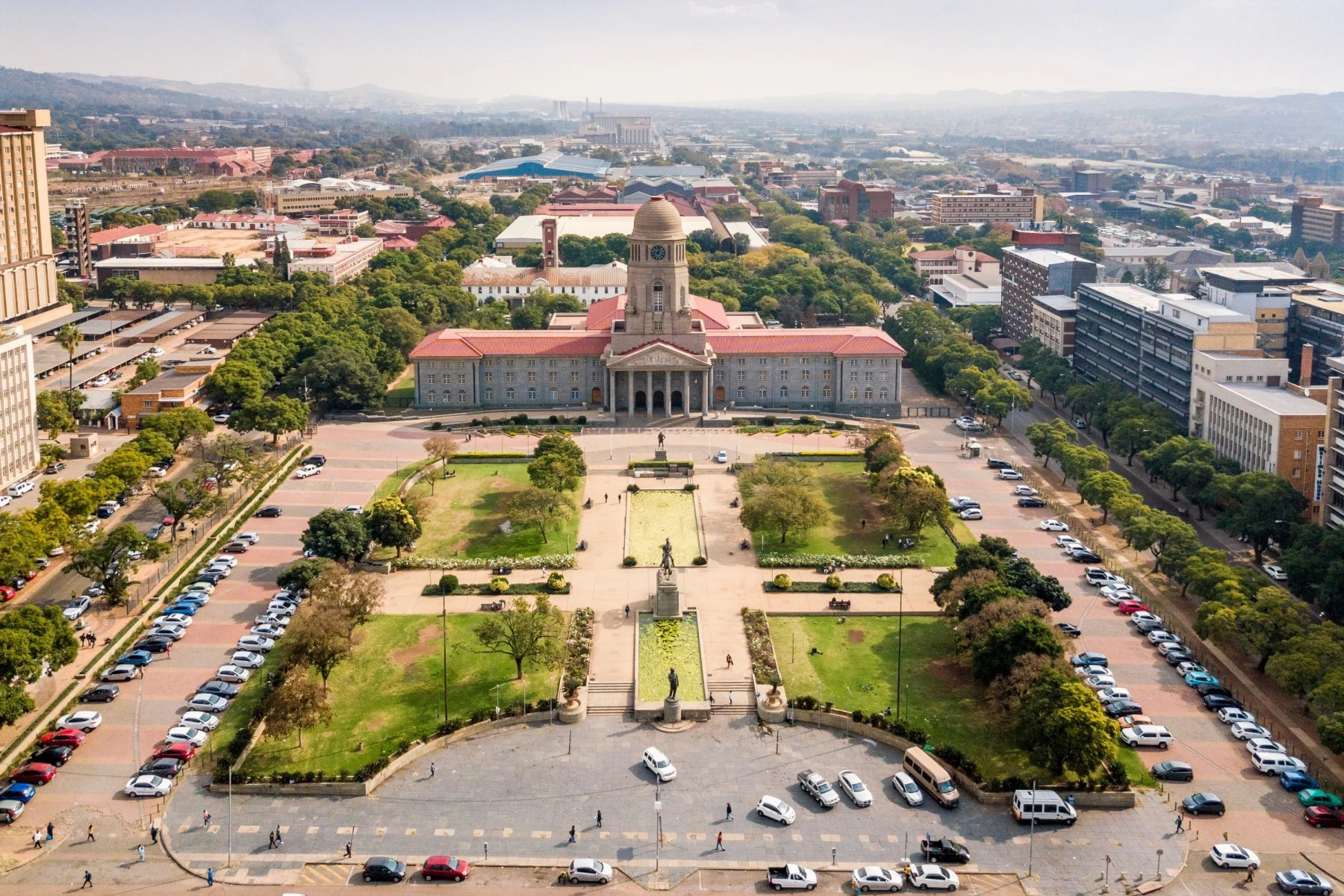
The municipality of the country’s capital, Pretoria, has been renamed Tshwane, though the city is still referred to as Pretoria.
Other significant renamed towns include the following
|
Old Name |
New Name |
Year Gazetted |
|
Warmbaths / Warmbad |
Bela-Bela |
2002 |
|
Nylstroom |
Modimolle |
2002 |
|
Louis Trichardt |
Makhado |
2003 |
|
Potgietersrus |
Mokopane |
2003 |
|
Messina |
Musina |
2003 |
|
Pietersburg |
Polokwane |
2005 |
|
Witbank |
eMalahleni |
2006 |
|
Naboomspruit |
Mookgophong |
2006 |
|
Petrus Steyn |
Mamafubedu |
2012 |
|
Lady Frere |
Cacadu |
2017 |
|
Grahamstown |
Makhanda |
2018 |
|
Port Elizabeth |
Gqeberha |
2021 |
|
Uitenhage |
Kariega |
2021 |
|
Fort Beaufort |
KwaMaqoma |
2023 |
|
Somerset East |
KwaNojoli |
2023 |
|
Aberdeen |
Camdeboo |
2023 |
|
Nieu-Bethesda |
KwaNoheleni |
2023 |
|
Cradock |
Nxuba |
2024 |
|
Morgan’s Bay |
Gxarha |
2024 |
|
King Williamstown |
Qonce |
2024 |
|
Queenstown |
Komani |
2024 |
Why is the Western Cape an exception to name changes?
You may notice that none of the towns above are in the Western Cape, where there is widespread disagreement about what to rename the towns and cities, or indeed on whether to rename them at all, with many residents resistant to changes.
That said, many major street names in Cape Town have been renamed. For example, De Waal Drive has become Philip Kgosana Drive, while Eastern Boulevard has become Nelson Mandela Boulevard. While there are still calls for town renamings in the province, they seem unlikely to be acted on without a combination of political will and popular support.
Renamed streets in major South African cities
Many street names have also been changed in South Africa. This can confuse locals and newcomers alike, even though road signage will often carry both names, with the old one struck out with a red line.
These are some of the key street name changes, listed by city:
Cape Town
- Hendrik Verwoerd Drive → Uys Krige Drive
- Coen Steytler Avenue → Walter Sisulu Avenue
- Modderdam Road → Robert Sobukwe Road
- Lansdowne Road (section) → Imam Haron Road
- Lansdowne Road (section) → Japhta K Masemola Road
- Lansdowne Road (section) → Govan Mbeki Road
- Athlone Civic Centre Street → Dulcie September Street
- Adams Road → Khoto Mkhunya Road
- Albert Street →Inguce Street
- Aliwal Street → Samora Machel Street
Johannesburg
- Bree Street → Lilian Ngoyi Street
- Jeppe Street → Rahima Moosa Street
- President Street → Helen Joseph Street
- Noord Street → Sophie de Bruyn Street
- Sauer Street → Pixley Seme Street
- William Nicol Drive → Winnie Mandela Drive
- DF Malan Drive → Beyers Naudé Drive
- Sandton Drive → Leila Khaled Drive (proposed)
- Fox Street → Kgosi Mampuru Street
- Jeppe Extension → Rahima Moosa Extension
Durban (eThekwini)
- Point Road → Mahatma Gandhi Road
- Davenport Road → Helen Joseph Road
- Queen Victoria Street → Florence Ribeiro Street
Glitches in name changes that newcomers should look out for
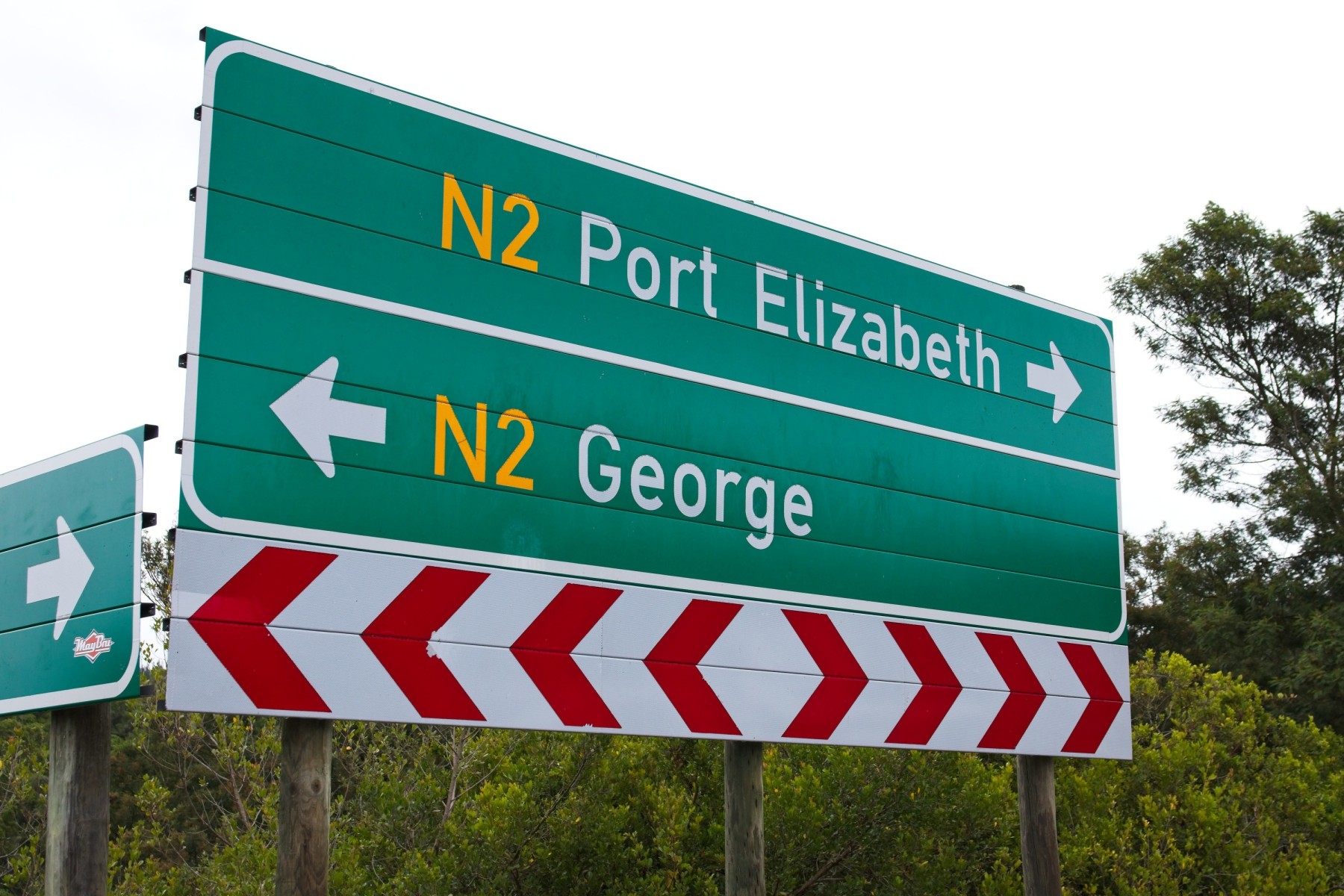 In many cases, the old and new names are still being used interchangeably in property listings, maps, and postal addresses. For example, Gqeberha's name change from Port Elizabeth in 2021, is still in a transition phase four years later. If you are moving to Gqeberha, you'll need to be alert for references to Port Elizabeth throughout the admin process of moving, including booking a moving company, signing contracts or leases, updating your new address with service providers, or ordering any products that you need to be delivered to your Gqeberha address.
In many cases, the old and new names are still being used interchangeably in property listings, maps, and postal addresses. For example, Gqeberha's name change from Port Elizabeth in 2021, is still in a transition phase four years later. If you are moving to Gqeberha, you'll need to be alert for references to Port Elizabeth throughout the admin process of moving, including booking a moving company, signing contracts or leases, updating your new address with service providers, or ordering any products that you need to be delivered to your Gqeberha address.
At times, you may even come across a road sign that hasn’t been updated with the new name, and locals may use the old name when giving you directions. Similarly, many online search results or references to the place will use the previous name.
Tips for navigating name changes in South Africa
-
Always double-check the address of your destination or delivery location using both the old and new names. Sometimes online records can be outdated.
-
Use reliable local apps and platforms updated with current names, and you'll need to update these apps regularly. Google Maps, Apple Maps and Waze all tend to be accurate, directing you to the right place if you enter the old name.
-
It’s also worth keeping track of local municipality websites, and consulting relocation services if you’re moving to a new address.
Coming to SA, or moving between towns in SA? Make a Wise Move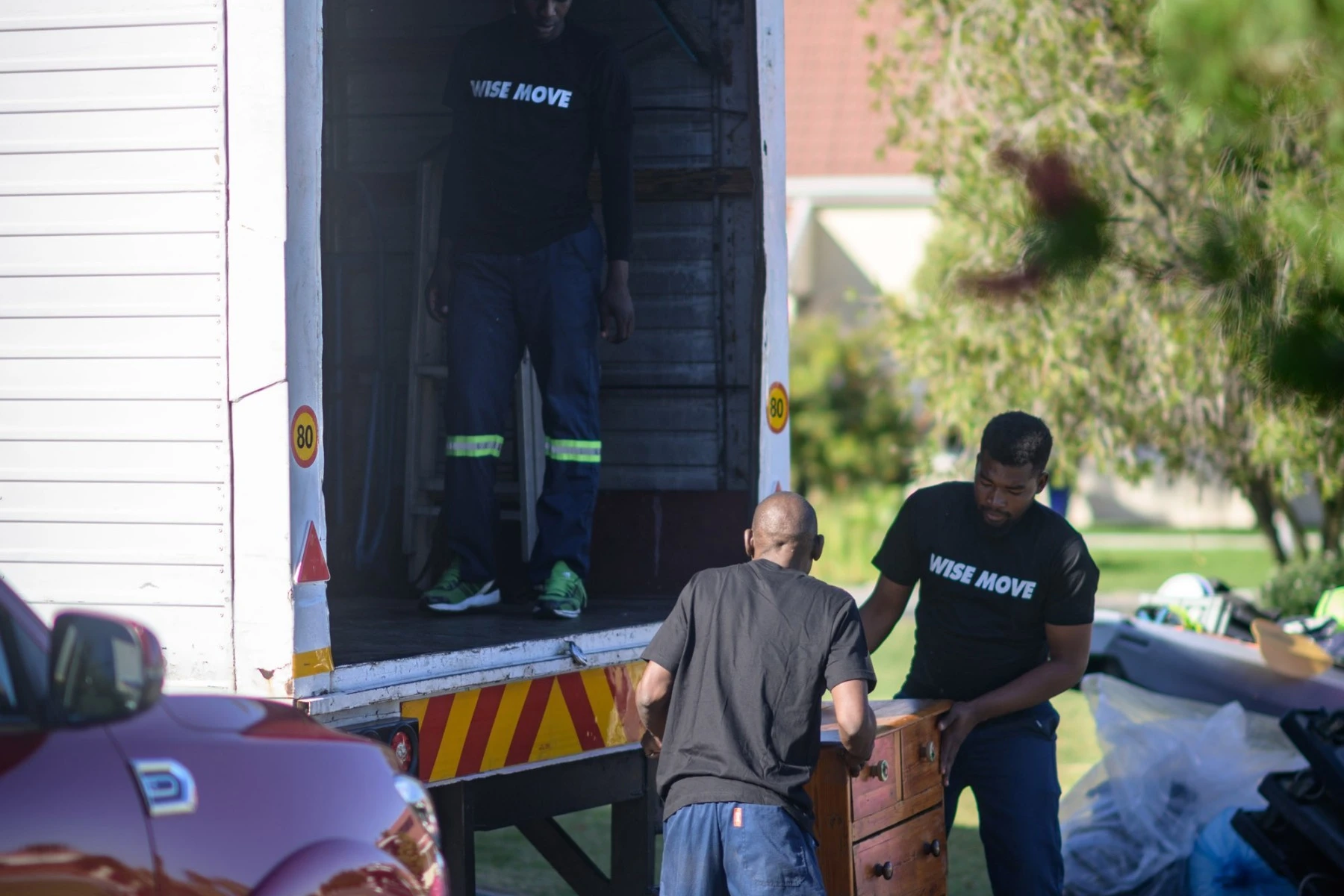
If you’re relocating to South Africa, or within the country, you need to choose the right name when it comes to expert and affordable moving services. The best way to do that is with Wise Move's innovative moving platform where you can submit your delivery request and get exceptionally competitive quotes from the country’s most dependable movers. You can then make an informed decision based on the moving company's profile, customer reviews and insurance and book the best moving team to do the job.
FAQs: Understanding place name changes in South Africa
Why are cities and towns being renamed in South Africa?
Most renamings aim to reflect South Africa’s cultural heritage and honour anti-apartheid heroes, replacing colonial-era names with indigenous or historically significant ones.
Which major cities have changed names recently?
Some key changes include Port Elizabeth to Gqeberha, Uitenhage to Kariega, and Grahamstown to Makhanda. The list is growing each year.
Is Pretoria now officially Tshwane?
The broader municipality is Tshwane, but the city itself is still widely known and referred to as Pretoria.
Why hasn’t the Western Cape renamed its towns?
While Cape Town streets have seen changes, town names remain mostly unchanged due to ongoing public debate and lack of consensus.
Will I see both names on signs?
Yes, many road signs show the old name crossed out and the new name listed, especially in renamed metros like eMalahleni (formerly Witbank).
Which provinces in South Africa have changed their names?
Three provinces were renamed in the 1990s:
Northern Transvaal → Northern Province → Limpopo (2002)
Orange Free State → Free State (1995)
PWV (Pretoria–Witwatersrand–Vereeniging) → Gauteng (1995)
No other province names have changed since then.
Which provinces have had the most town and city name changes?
KwaZulu‑Natal, Eastern Cape and Limpopo have seen the most town and city renamings, accounting for a large portion of the more than 1,500 official place name changes across the country.
Are more name changes coming?
Yes. As of 2025, dozens of applications are under review, and the government is amending legislation to strengthen naming processes and introduce a new appeals system.
Why are place name changes controversial?
Some residents argue the process lacks consultation or transparency. Others feel certain renamings are politically motivated or unnecessary. However, supporters see them as vital steps toward cultural restoration and reconciliation.
How do I know which name to use for deliveries or moving?
Use both old and new names when confirming addresses. Most maps and platforms like Google Maps support both versions but double-check to avoid confusion.
What do our customers say?


